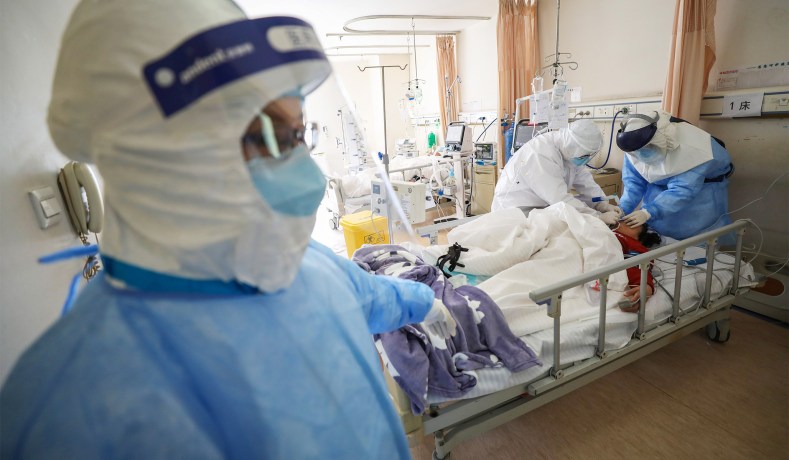
Donald McNeil, a science reporter at the New York Times, has a good, detailed piece on lessons from Asia on containing the virus.
This is an arresting way to put the benefits of a lockdown:
If it were possible to wave a magic wand and make all Americans freeze in place for 14 days while sitting six feet apart, epidemiologists say, the whole epidemic would sputter to a halt.
The virus would die out on every contaminated surface and, because almost everyone shows symptoms within two weeks, it would be evident who was infected. If we had enough tests for every American, even the completely asymptomatic cases could be found and isolated.
The crisis would be over.
Of course, that’s impossible. Most of the lessons from Asia we are already broadly familiar with, but here is one that people haven’t focused on much:
As soon as possible, experts said, the United States must develop an alternative to the practice of isolating infected people at home, as it endangers families. In China, 75 to 80 percent of all transmission occurred in family clusters.
That pattern has already repeated itself here. Seven members of a large family in New Jersey were infected; four have already died. After a lawyer in New Rochelle, N.Y., fell ill, his wife, son and daughter all tested positive.
Instead of a policy that advises the infected to remain at home, as the Centers for Disease and Prevention now does, experts said cities should establish facilities where the mildly and moderately ill can recuperate under the care and observation of nurses.
Wuhan created many such centers, called “temporary hospitals,”each a cross between a dormitory and a first-aid clinic. They had cots and oxygen tanks, but not the advanced machines used in intensive care units.
American cities now have many spaces that could serve as isolation wards. Already New York is considering turning the Jacob K. Javits Convention Center into a temporary hospital, along with the Westchester Convention Center and two university campuses.
Gov. Ron DeSantis of Florida said on Saturday that state officials were also considering opening isolation wards.
In China, said Dr. Bruce Aylward, leader of the World Health Organization’s observer team there, people originally resisted leaving home or seeing their children go into isolation centers with no visiting rights — just as Americans no doubt would.
In China, they came to accept it.
“They realized they were keeping their families safe,” he said. “Also, isolation is really lonely. It’s psychologically difficult. Here, they were all together with other people in the same boat. They supported each other.”
Read the whole thing.


